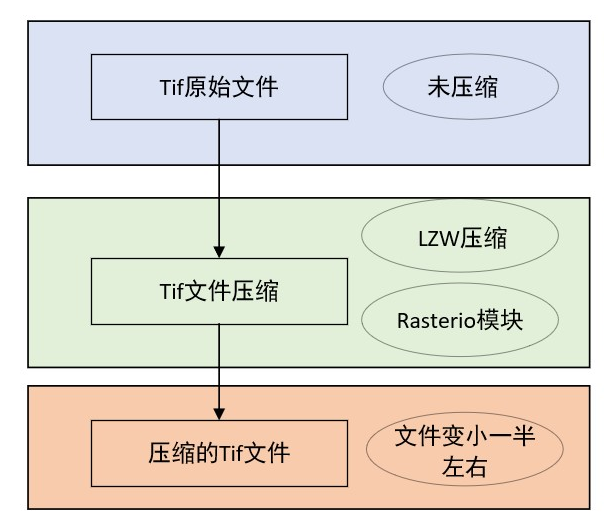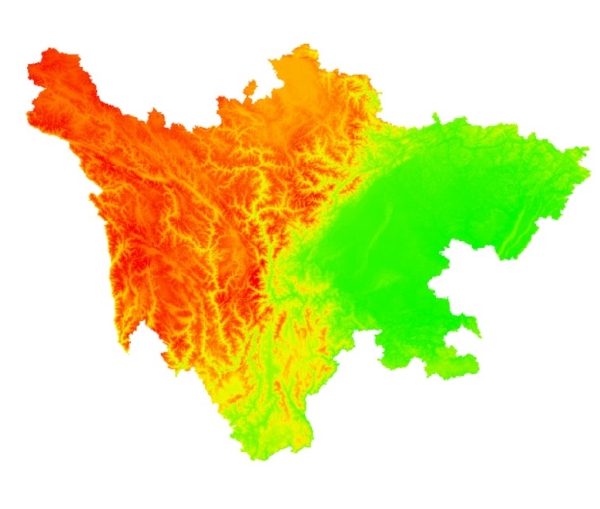使用Python批量压缩tif文件操作步骤
1.前言
我在进行DEM数据的裁剪时,发现各个省的数据量非常大,比如说四川省的30m的DEM数据的大小为2G。考虑到有限的电脑磁盘空间,我对Tif文件采用了LZW压缩。
2.流程

3.批量压缩代码
#文件夹中每个文件都进行压缩
# -*- coding: utf-8 -*-
import rasterio as rio
import rasterio
import os
from tqdm import tqdm
#每个线程选择一个文件夹
Input_path ="输入文件夹"+"\\"
Output_path ="输出文件夹"+"\\"
#文件列表
pathDir= os.listdir(Input_path)
#压缩函数
for i in tqdm(range(len(pathDir))):
# 读入栅格文件
rasterfile = Input_path+"\\"+pathDir[i]
#打开栅格
rasterdata = rio.open(rasterfile)
#读取栅格
rasterdata2= rasterdata.read()
#获取栅格信息
profile = rasterdata.profile
print(profile)
#选择压缩方式
profile.update(
compress='lzw', #压缩方式:rle,lzw等
)
#导出文件路径与名字
out_put_name=Output_path +"RLE"+pathDir[i]
#导出
with rasterio.open(out_put_name, mode='w', **profile) as dst:
dst.write(rasterdata2)
4.结果展示

首先是四川省的原始文件大小为2.23Gb,压缩后的大小为0.99Gb,压缩了大概一半。

以上就是使用Python批量压缩tif文件操作步骤的详细内容,更多关于Python批量压缩文件的资料请关注hwidc其它相关文章!
【文章由美国大带宽服务器http://www.558idc.com/mg.html 提供,感恩】